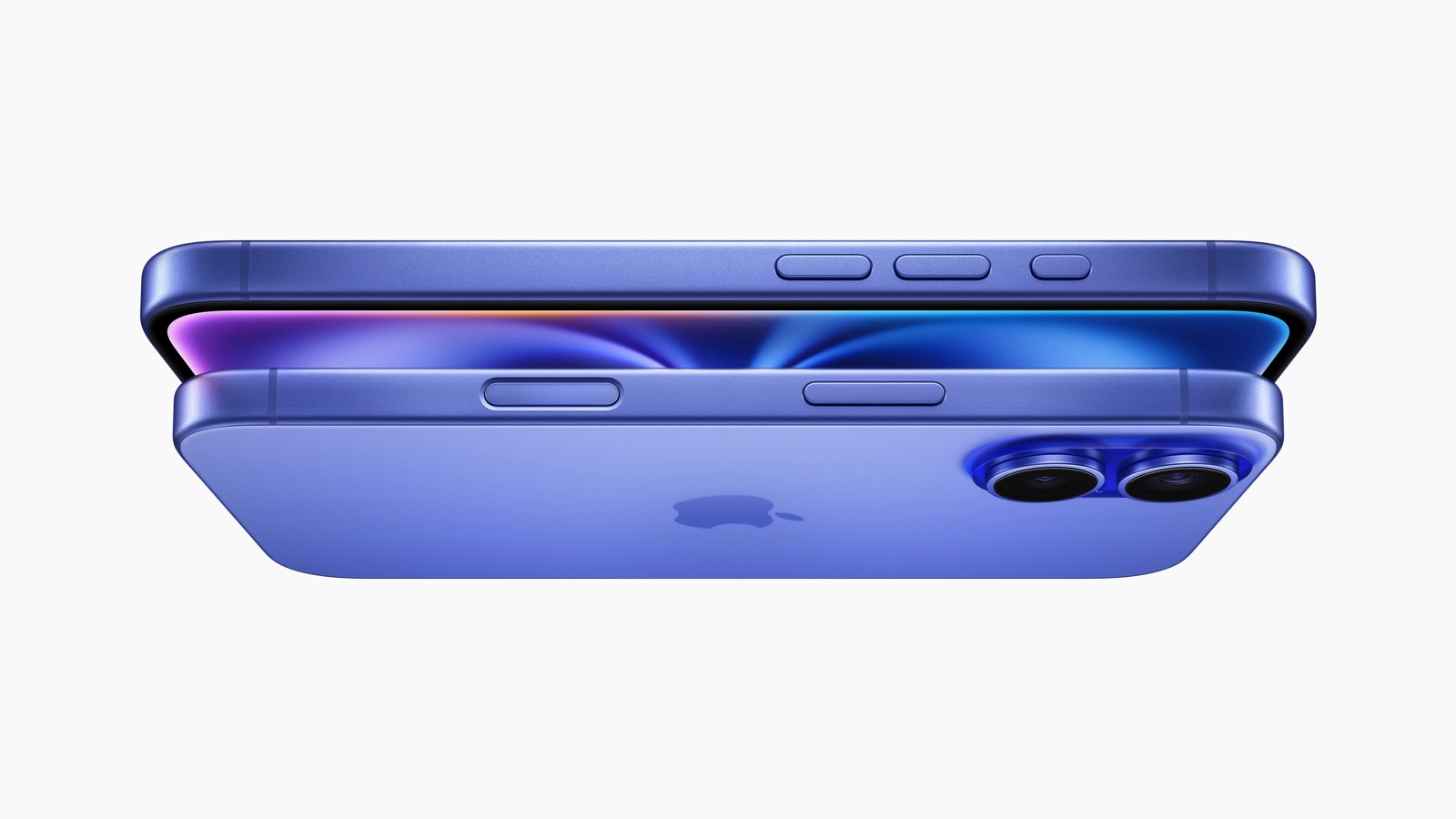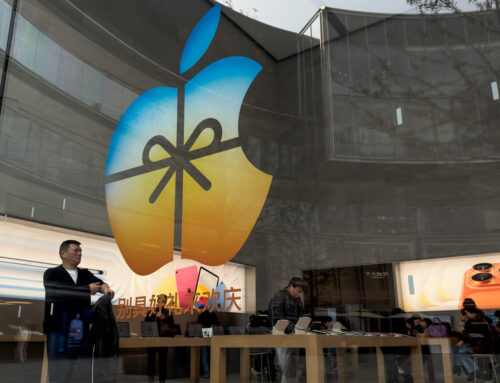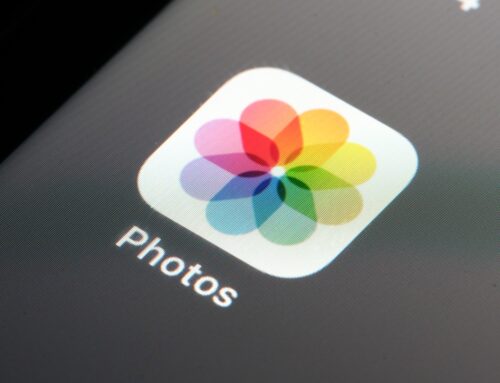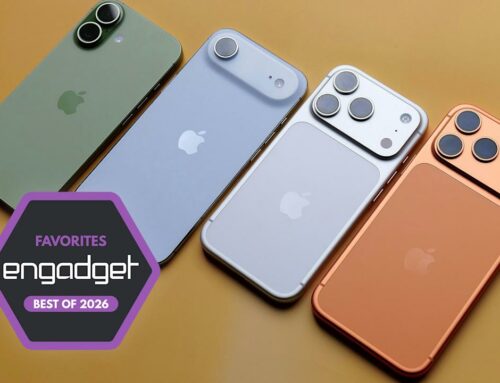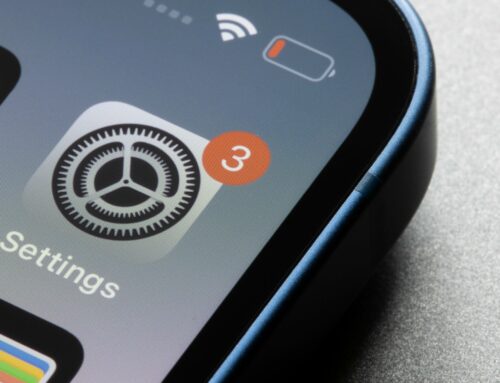Apple just unveiled four new iPhone 16 models, confirming most of the iPhone rumors that have been floating around over the past few months.
All the new iPhones feature a new button, which was regularly referred to as the Capture button in leaks. Its real name is Camera Control, as that’s what the button will be used for. Camera Control instantly opens up the camera to either take photos or enable an exclusive iPhone 16 Visual Intelligence feature, which is part of Apple Intelligence.
The capacitive button detects touch presses, letting you select camera controls in the Camera app and zoom in and out. The Camera Control button also works with Apple’s new custom cases for the iPhone 16, which don’t have cutouts.
While I’m a big fan of the Camera Control button and plan to use it often, watching Apple’s presentation on Monday made me realize something: Apple could have added Touch ID back to the iPhone anytime it wanted to do it, even if that meant placing it on the side rather than under the display.
Tech. Entertainment. Science. Your inbox.
Sign up for the most interesting tech & entertainment news out there.
By signing up, I agree to the Terms of Use and have reviewed the Privacy Notice.
I’m not a fan of Touch ID, and I’d rather use Face ID, but I get why some users miss it. Apple avoided placing a fingerprint sensor under the iPhone display all these years while adding fingerprint sensors on the side of iPads, showing that was always a possibility for the iPhone.
The iPhone 16’s Camera Control further proves that Apple could have designed a Touch ID sensor for the iPhone to complement the Face ID functionality.
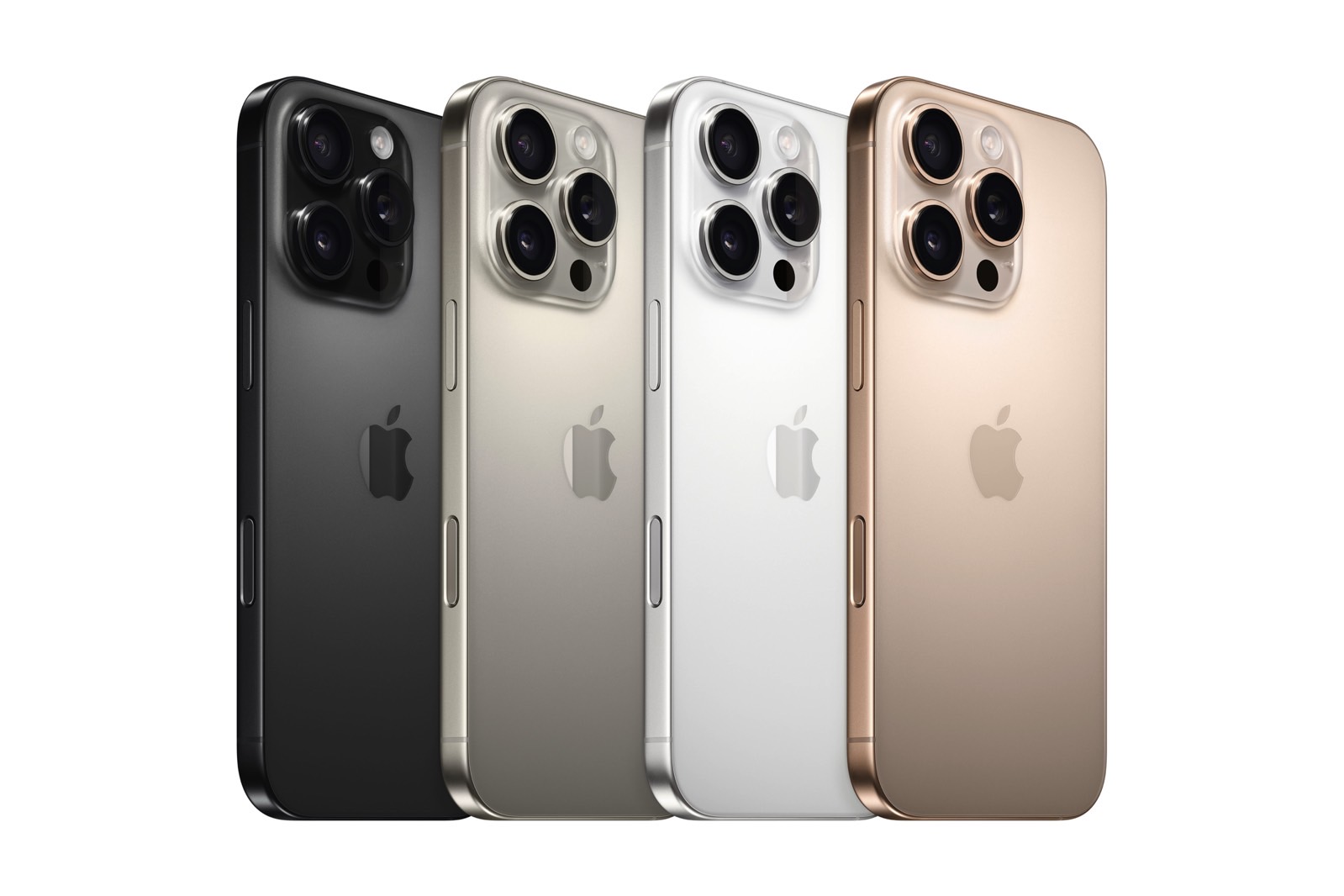
How Camera Control works
The Camera Control button sits below the power button, but it’s flush to the surface. It does not protrude outwards because it is not similar to the standby or volume buttons.
Apple says the Camera Control features a “sapphire crystal with a smooth texture.” Flanking the button is a stainless steel trim.
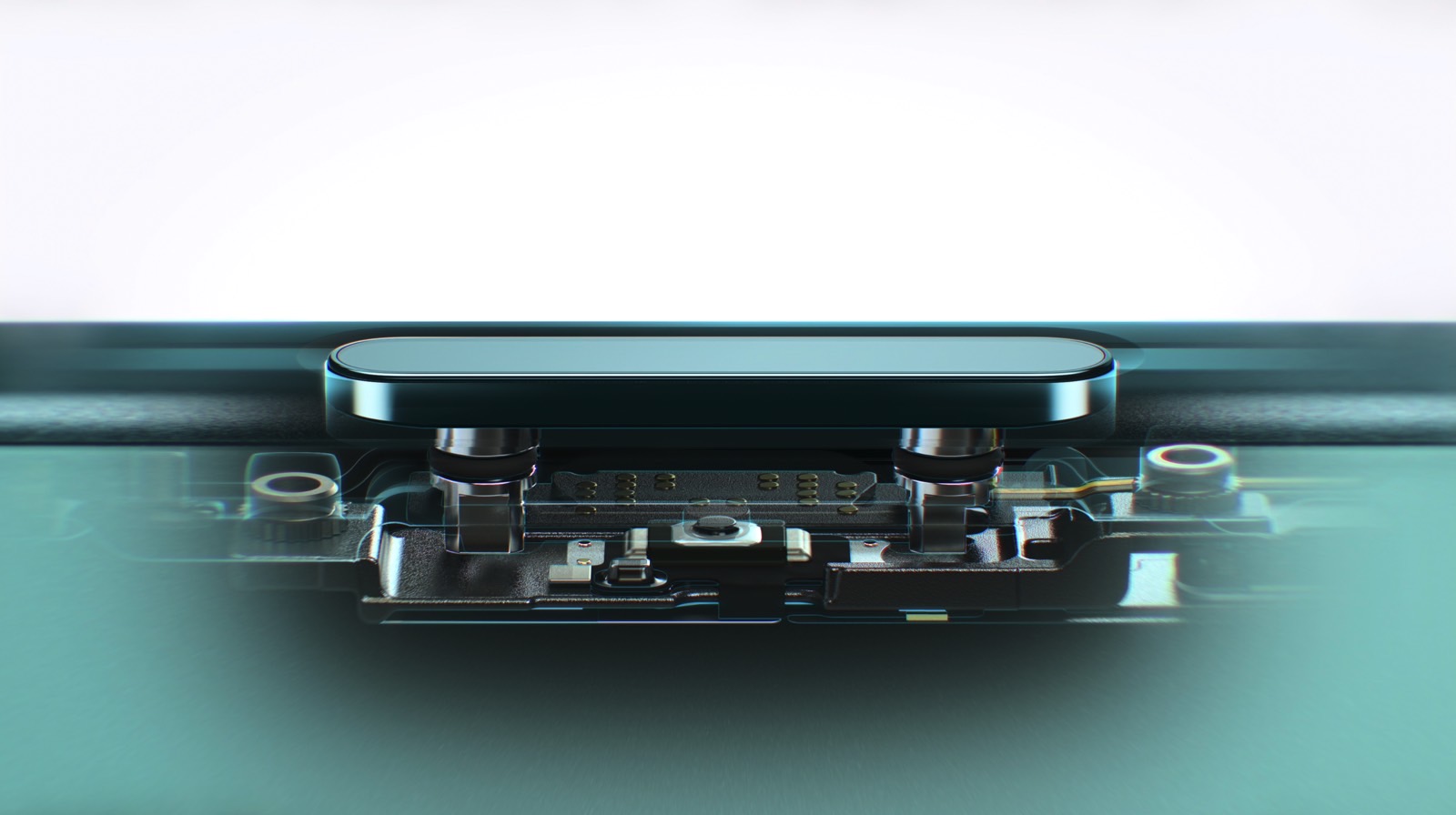
To use Camera Control, you have to click it once. Whether you hold the iPhone 16 in portrait or landscape, it opens the camera app.
Click the camera again, and you’ll take a photo. A click-and-hold gesture will enable video recordings.
The button also features a high-precision force sensor to provide tactile feedback. Moreover, a “multipixel capacitive sensor” under the sapphire crystal works with a signal processor to recognize touch gestures.
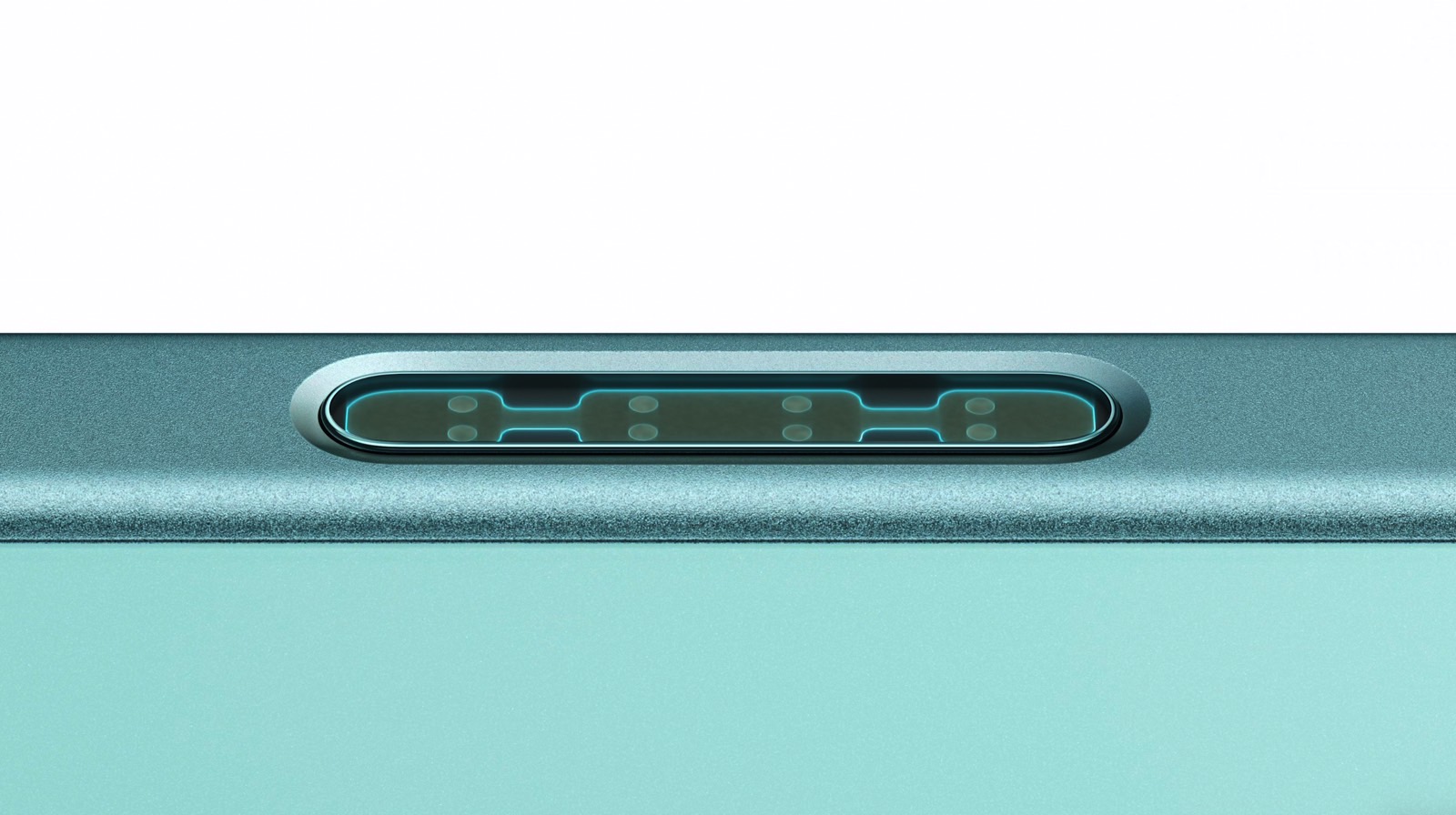
The iPhone 16 will distinguish between a full click and a lighter press. The latter is the gesture that brings up a new overlay menu on the screen under the button. This lets you select various camera options or adjust zoom. You’ll have to slide your finger on the sensor to select menus or zoom in and out.
A double light press will bring up additional controls.
Finally, the Camera Control will get a two-stage shutter via an update later this year. This will let you lock the focus and exposure like you would on a professional camera. A lighter press will let you reframe the shot without losing focus.
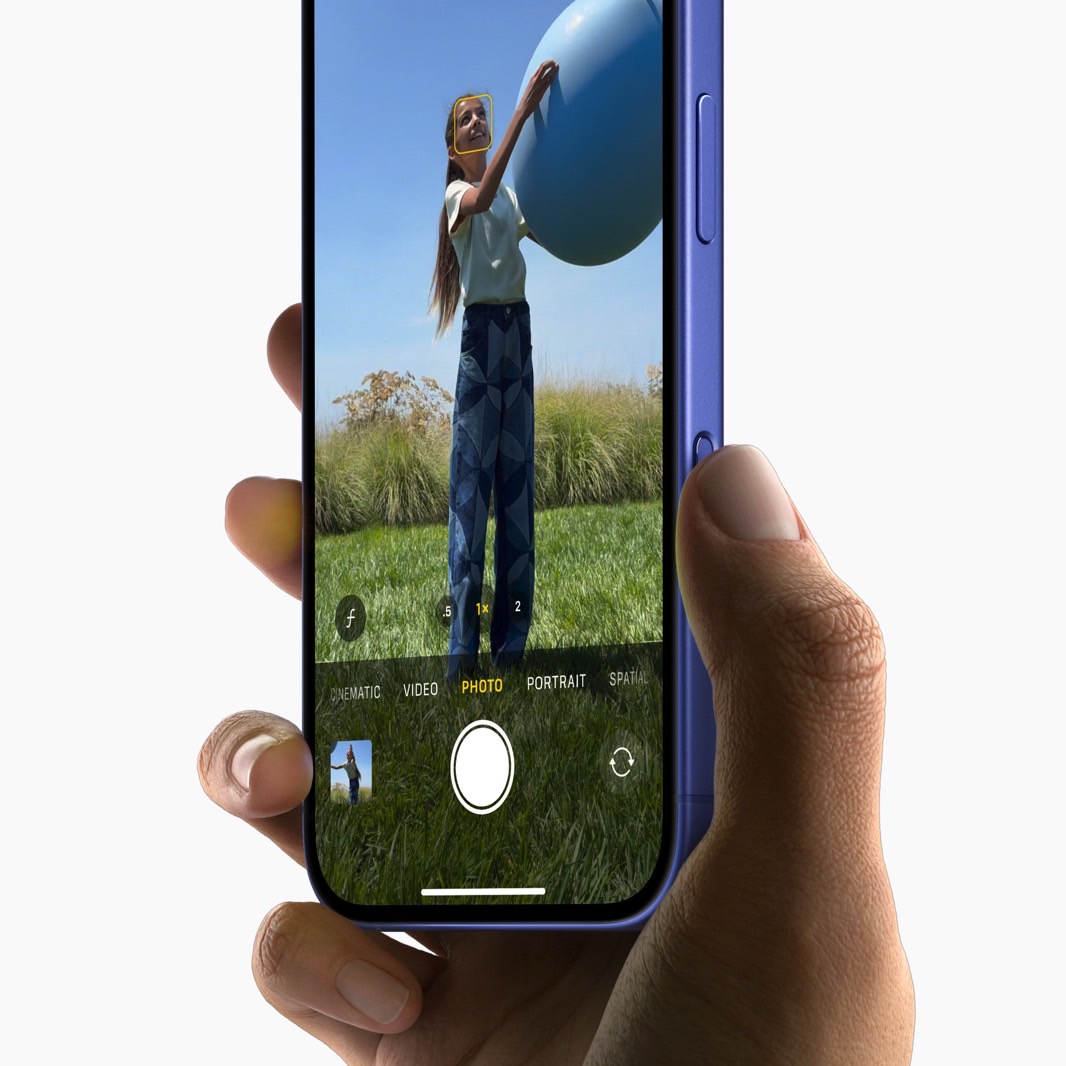
Visual Intelligence
To access the iPhone 16 series’ exclusive Apple Intelligence feature with Camera Control, you’ll have to click and hold the button while pointing the iPhone to things around you.
The on-device AI will recognize your context and provide assistance. It’ll understand that you’re pointing the phone to a restaurant to give you opening hours and reviews. It’ll let you add events to the Calendar app when looking at event ads on the street.
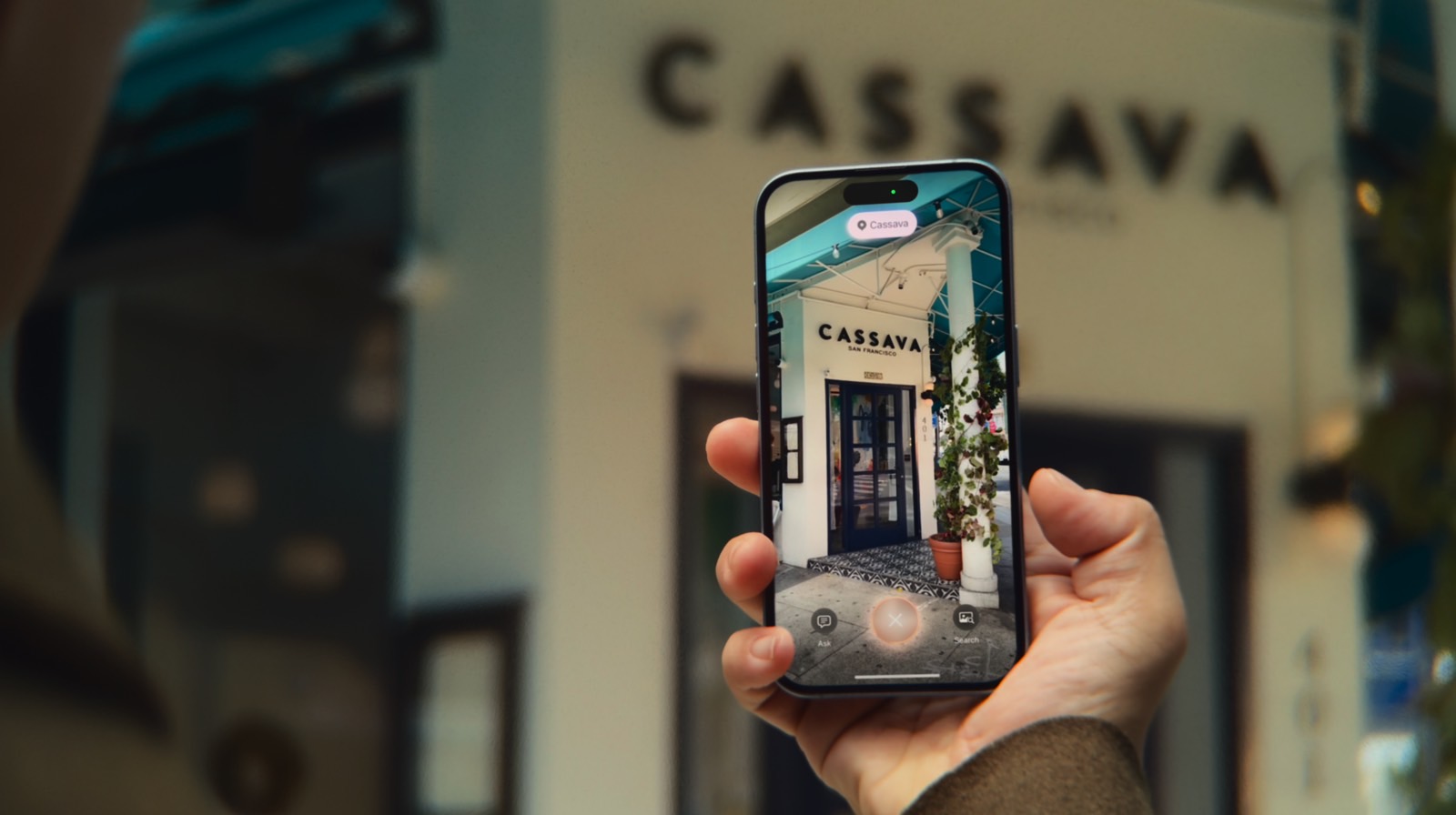
Visual Intelligence will also help you recognize animals and objects. Finally, it’ll let you search the internet for objects you see around you. This is Apple’s version of Google Lens and an emerging alternative to Circle to Search.
The Visual Intelligence features will roll out to iPhone 16 in the future.
The Camera Control button can change the way you use your iPhone. Given the complexity of the hardware and software, I wondered whether Apple could have also added Touch ID support to the button. Or whether future versions of Camera Control will have it.
It might be overkill for users like me. I don’t care about unlocking the iPhone while it’s in my pocket. And by the time I’d raise the iPhone 16 to my face it would also authenticate me with Face ID while I’m using the camera or Visual Intelligence. But, again, Touch ID has many fans out there.

